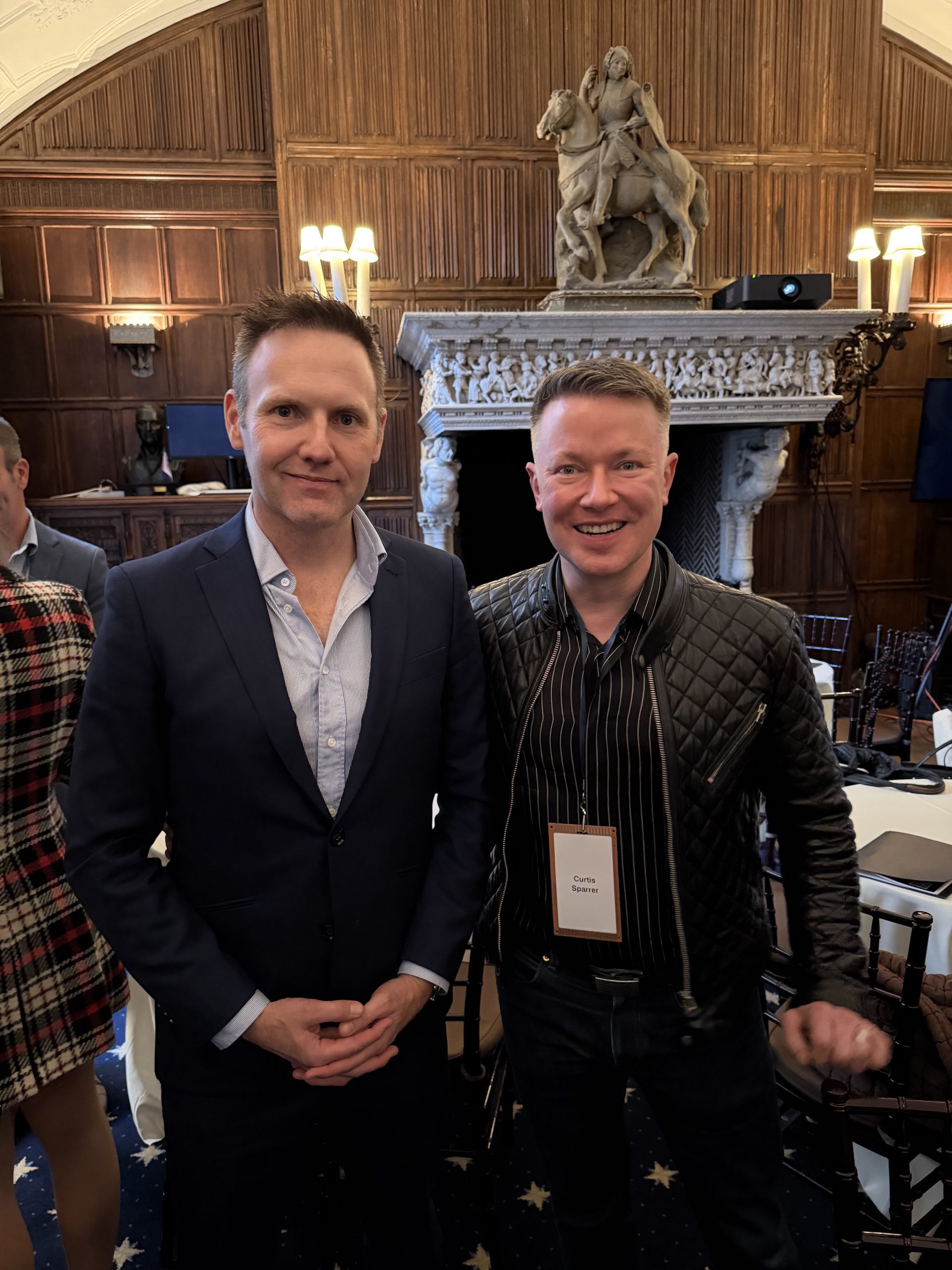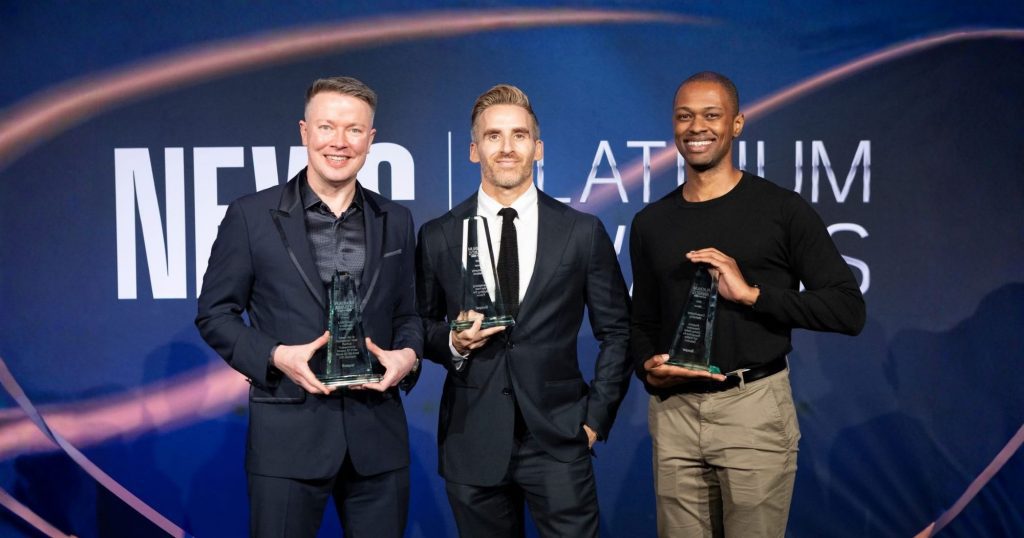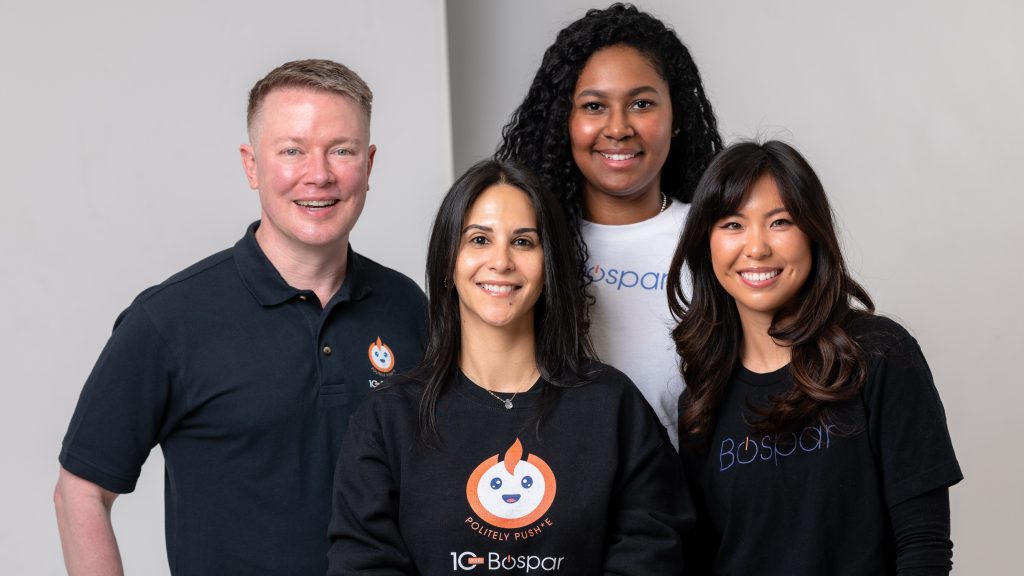TL;DR: I spent a day at The Explorers Club hearing from leaders who are actually implementing AI at scale: LinkedIn’s chief AI officer, IBM’s chief scientist, Citibank’s head of analytics, the former CEO of Neiman Marcus Group and others.
The biggest takeaways: focus on specific “nightmares” instead of abstract values, start with back-office wins before consumer-facing applications, test AI hiring tools yourself because they’re often biased, expect 18 months (not 18 days) for real AI transformation and remember that machines will make errors.
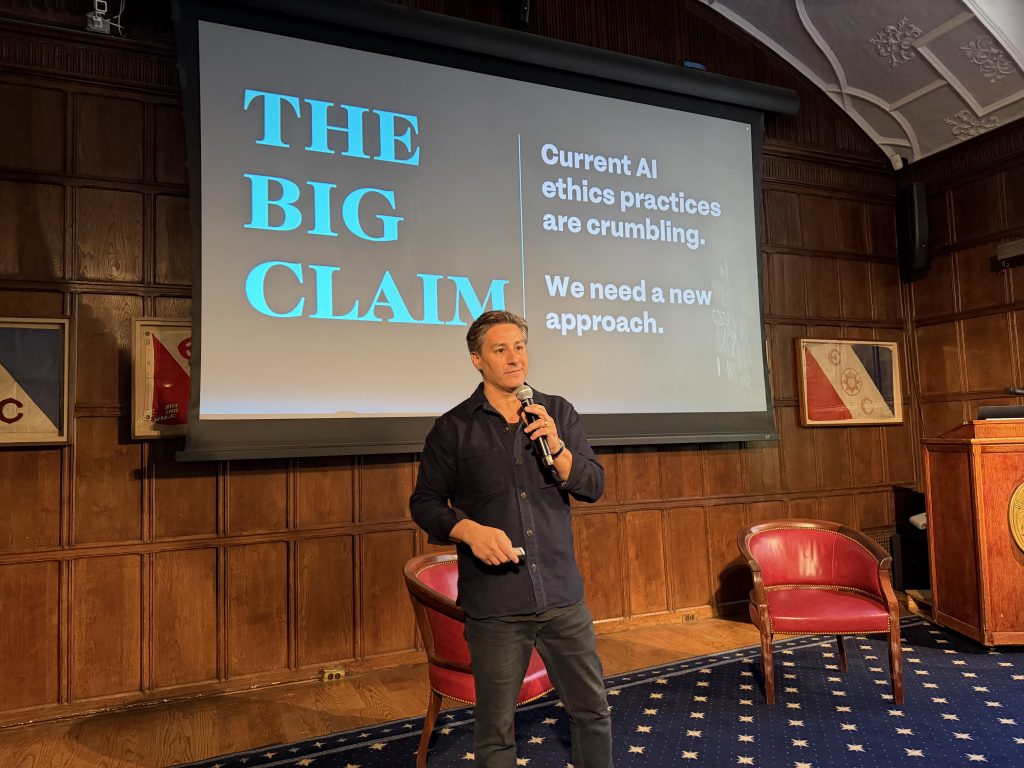
When I got the invite from Jeff Wilser for The Drawing Room, an AI leadership salon at The Explorers Club, my first thought was: A salon? Who do they think they are? Voltaire? Do I need a powdered wig?
I’ve known Jeff since our college days, and he’d recently covered Bospar’s Audit*E, so when he invited me to this thing, I figured I couldn’t miss it. I was already going to be in New York for the Platinum Awards, so it was kismet.
Jeff co-hosted with Jennifer Strong. Just in case you’re unfamiliar with either of them: Jeff’s work has appeared in The New York Times, WIRED, and Fast Company, and he hosts the podcast AI-Curious; Jennifer’s AI coverage has been recognized by awards juries more than 30 times, and she’s created tech programs for The Wall Street Journal, MIT Technology Review and ProPublica. They’re big time.
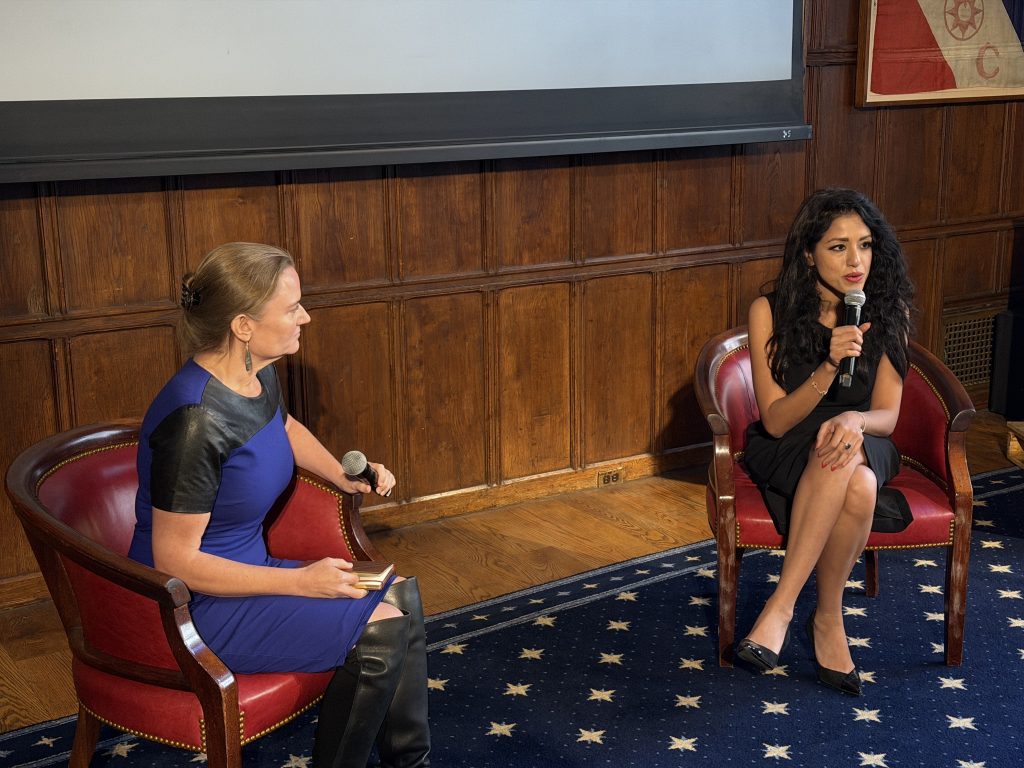
So is The Explorers Club. The headquarters on East 70th Street houses flags that went to the moon, equipment from the first ascent of Everest and the desk Roosevelt used to plan the Panama Canal. Members include Buzz Aldrin, the late Jane Goodall and Jeff Bezos.
Turns out, we might need the salon format now more than ever.
“Focus on Nightmares, Not Values”
Reid Blackman, who conducts AI training for everyone from Amazon to NASA, opened with a simple message: stop writing values statements.
“I think we should forget about talking about values, and I would start talking about nightmares,” he said.
Values are abstract. Nightmares are concrete. Everyone can align around avoiding specific disasters, whether that’s discriminating against patients in healthcare AI or violating customer privacy.
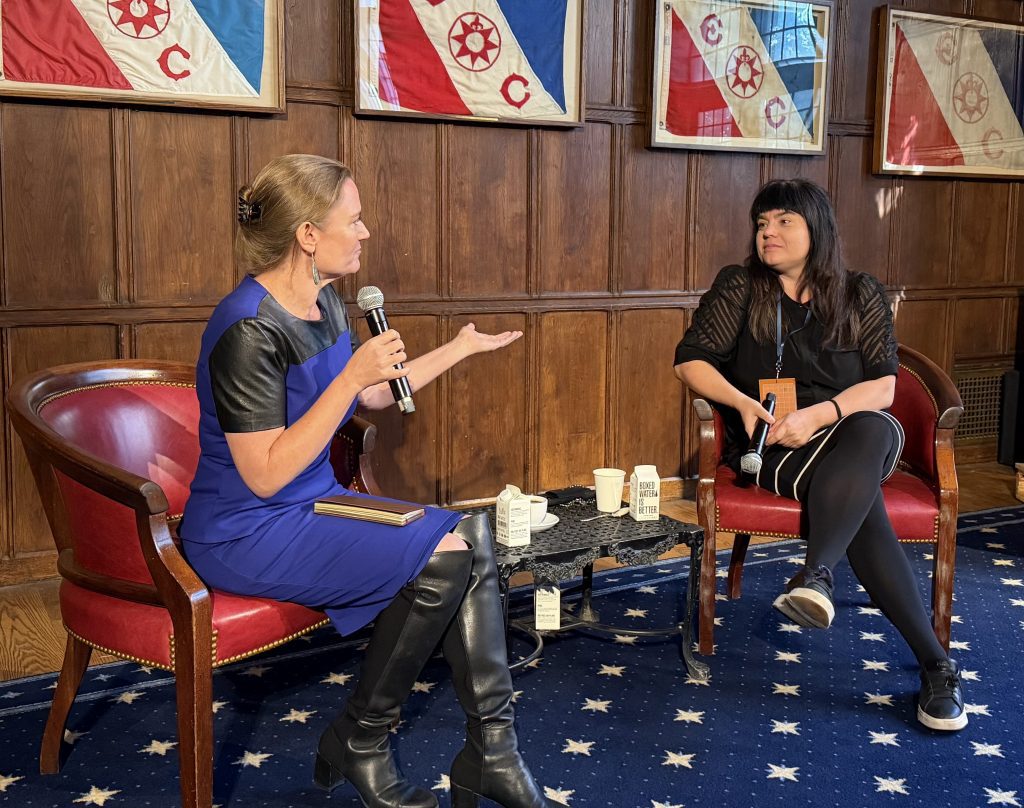
He walked us through how AI complexity is exploding: narrow AI to generative AI to agentic AI. Each leap makes testing and governance exponentially harder.
His solution: middle-out implementation. Let teams ask three questions: What are our nightmares? What resources do we need to avoid them? How do we train people to use those resources?
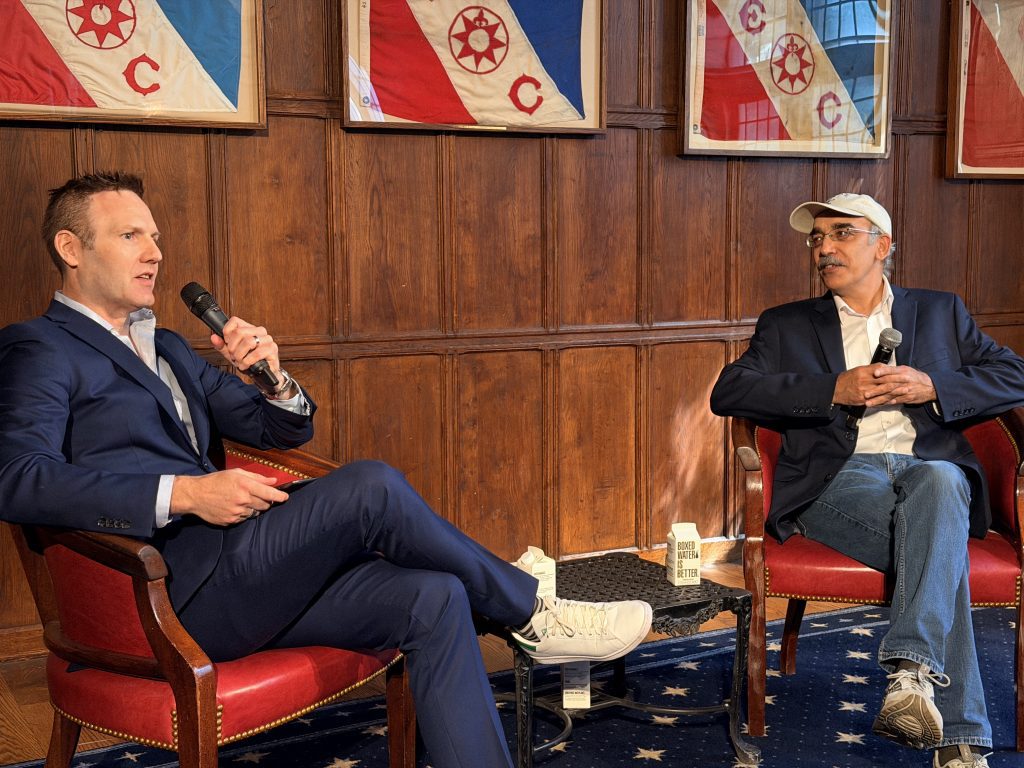
Drug Discovery at 11x Lower Cost
Najat Khan, chief of R&D at Recursion and former chief data science Officer at Johnson & Johnson, shared numbers that made people in the room sit up straight. The pharmaceutical industry has a 90% failure rate and invests 10+ years and $3-4 billion per drug.
“For every dollar that our partners spend on AI, they get back $40, $50 in their pockets,” she said.
Her example: a drug for FAP, where teenagers develop colon polyps that turn cancerous. Using their AI platform, they found a compound that reduced polyps by up to 80%. Time to clinical trials? Half the industry average. Compounds synthesized? A few hundred versus 2,000-5,000.
The Hiring Algorithm Problem
Hilke Schellmann, author of “The Algorithm: How AI Decides Who Gets Hired, Monitored, Promoted, and Fired,” brought receipts.
She uploaded the same resume as both a PDF and Word document. Different personality scores.
She read German technical text to an English assessment tool. 73% qualification score.
She wrote “I love teamwork” 50,000 times. High score.
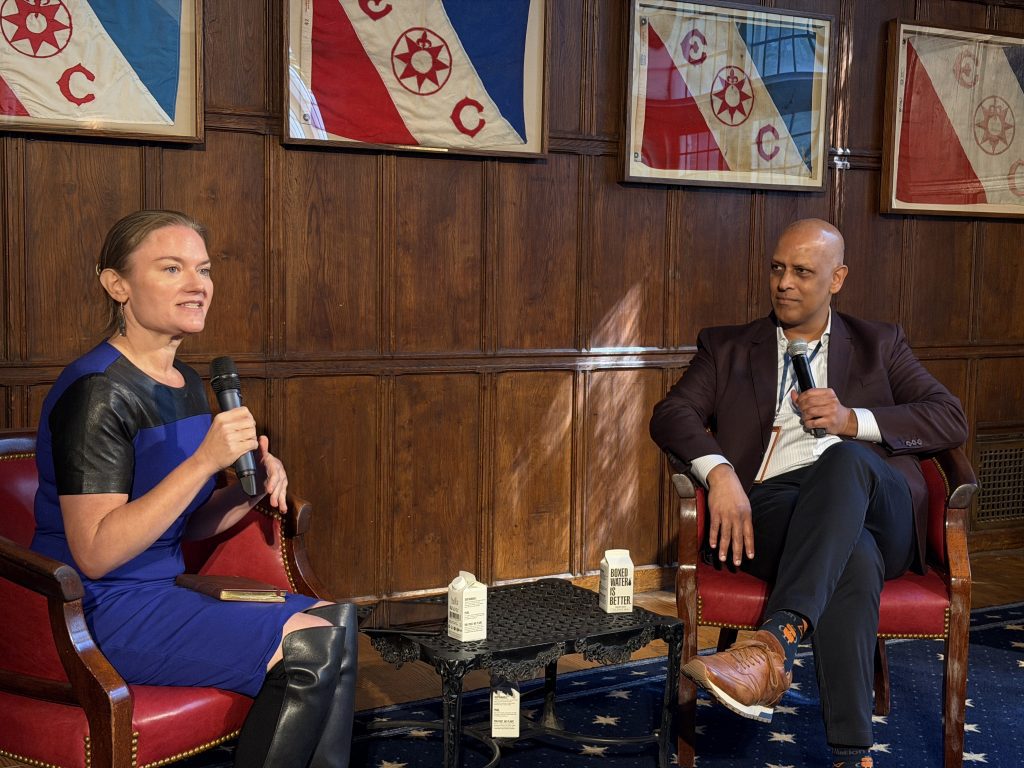
Her advice: Don’t outsource testing to vendors. Run your own experiments. Change a name from male to female and see if results change. Demand liability-sharing in contracts.
IBM’s “Useful Intelligence”
Dr. Ruchir Puri, IBM’s chief scientist, made a case for forgetting about AGI entirely. Focus instead on AUI: Artificial Useful Intelligence.
Intelligence isn’t just IQ. It’s also EQ and RQ (relationship intelligence). Machines will get better at IQ tasks, but humans will differentiate on EQ and RQ.
His three challenges for AI agents: making them consistent, helping them know what they don’t know and enabling them to self-improve.
His message: Building real AI agents takes time, iteration and patience.
Citibank’s Compliance Use Case
Murli Buluswar, head of analytics at Citi’s U.S. Personal Bank, shared how his team built an AI system that ingests CFPB regulations, analyzes customer call transcripts and connects them to actual customer journeys to detect errors in near real-time.
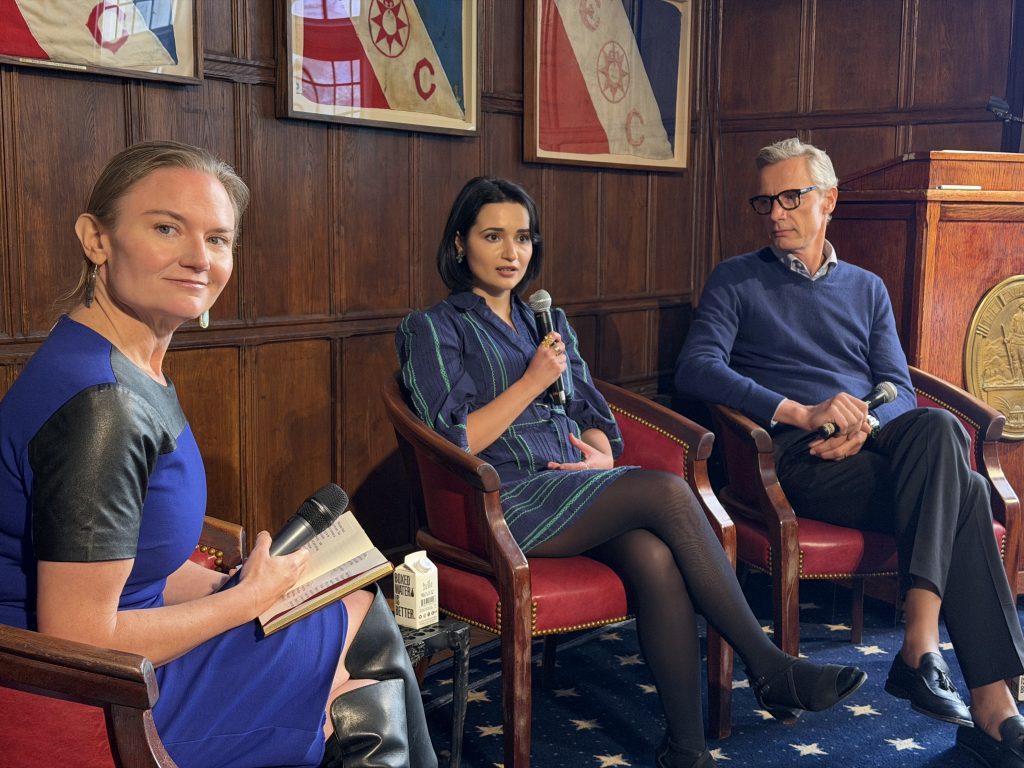
The impact? Dozens of millions in expense savings, hundreds of millions in avoided fines and actually living up to commitments made to customers.
When asked about bias, he noted: “A lot of the errors that machines make are a manifestation of a cumulative set of errors that humans have made in the past.”
Breaking Retail’s Data Silos
Nasrin Mostafazadeh, CEO of Verneek, and Geoffroy van Raemdonck, former CEO of Neiman Marcus Group, discussed retail’s data problem. The industry has massive amounts of data, but it’s fragmented across antiquated systems.
Mostafazadeh’s company builds AI that ingests entire enterprise data repositories and turns them into helpful assistants. ROI? $40-50 back for every dollar spent, mostly from back-office work.
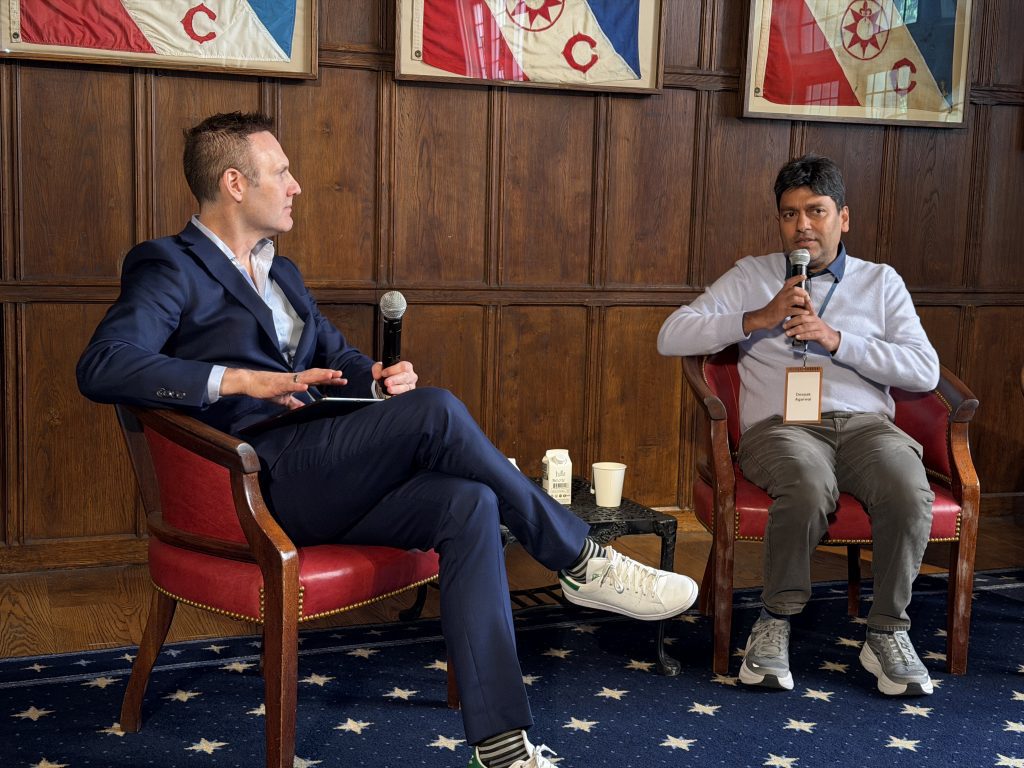
I asked van Raemdonck about the future of shopping. I love Neiman Marcus, so I was genuinely curious. The question got some laughs. His take: AI will shift commerce from traditional search to conversational interfaces. ChatGPT and similar tools will become commerce channels themselves.
During a break, I wandered into a side room. There was a stuffed polar bear, a kayak from some Arctic expedition and what looked like a meteorite. Jazz musicians set up for lunch.
LinkedIn’s Agent Journey
Deepak Agarwal, LinkedIn’s chief AI officer, shared how they built a hiring assistant that saves recruiters 4+ hours per hire, with 70% more candidates responding to outreach.
It took 18 months to build.
“The first thing is not to put the cart before the horse,” Agarwal said. “What is the utility of what is the problem you’re trying to solve?”
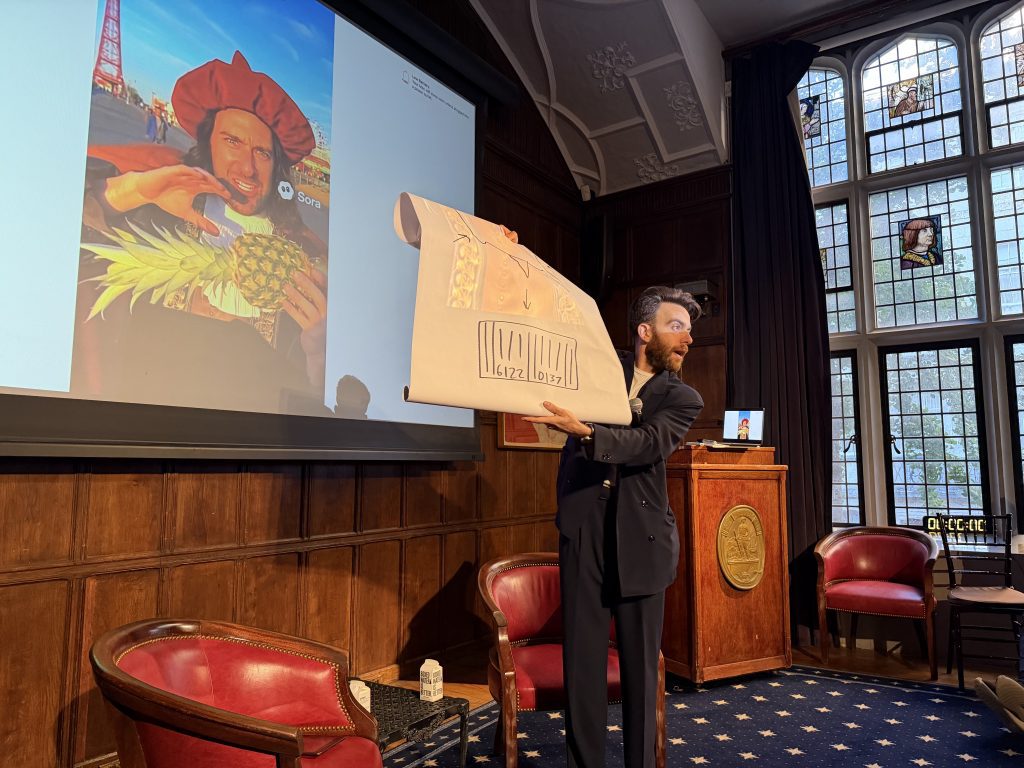
The process: identify the problem, create test datasets, build the workflow, discover the agent hallucinates constantly, iterate, test with “friends and family,” iterate again, launch.
On bias: LinkedIn has been working on this since 2016, with a central governance team separate from product teams.
Global Trade, Decoded
Peter Swartz, co-founder of Altana, described a challenge that resonates with anyone in supply chain: we don’t actually have full visibility into global supply chains.
His company maps entire value chains, from raw material extraction to final distribution. They work with governments and corporations on everything from tariff assessment to forced labor compliance.
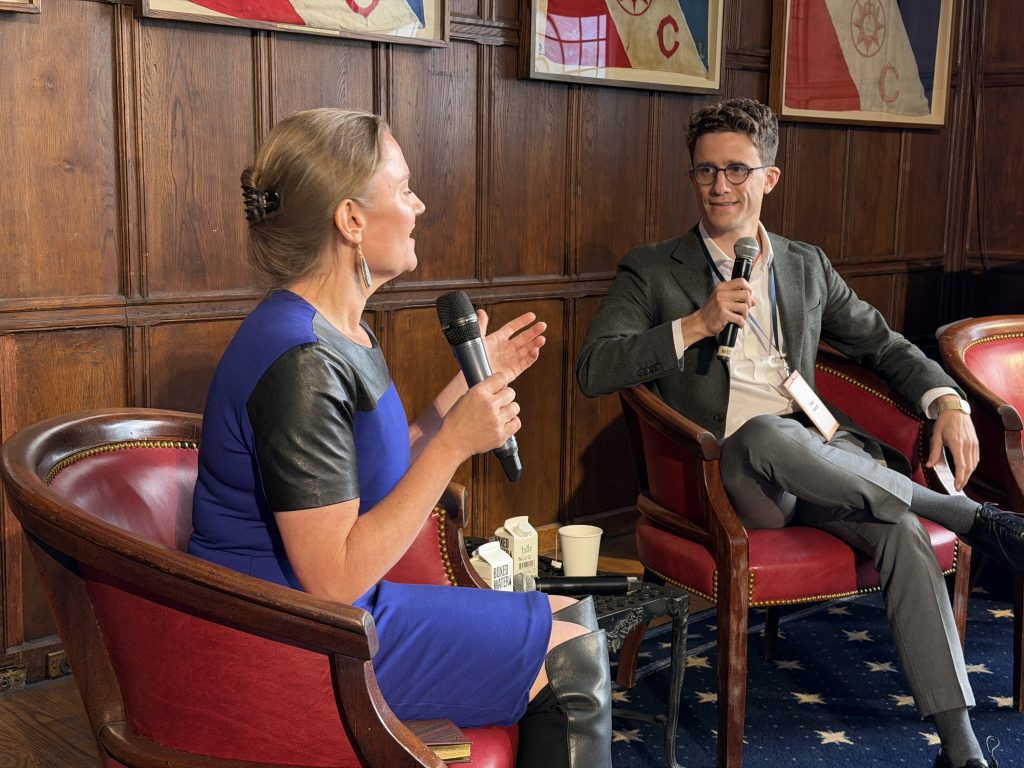
At Bospar, we work with supply chain companies regularly. The visibility problem is real, and the compliance risks are enormous.
Space Robots, Knee Airbags and Chemistry
The afternoon shifted to rapid-fire demos.
Ethan Barajas and Jamie Palmer from Icarus Robotics showed free-flying robots for the ISS. They’ve raised $6 million and have a mission scheduled for Q1 2027.
Kylin Shaw from Hippos Exoskeleton showed a smart legging that inflates an airbag in 50 milliseconds to prevent ACL tears. They closed a $600,000 pilot contract with Spire Academy. Shaw’s journey included getting almost arrested by the NYPD because a hotel cleaner thought he was making a bomb.
Francesco Rulli from Querlo talked about digital twins he’s been building since 2016. His chatbots have educated women in Afghanistan and embodied historical figures like Leonardo da Vinci.
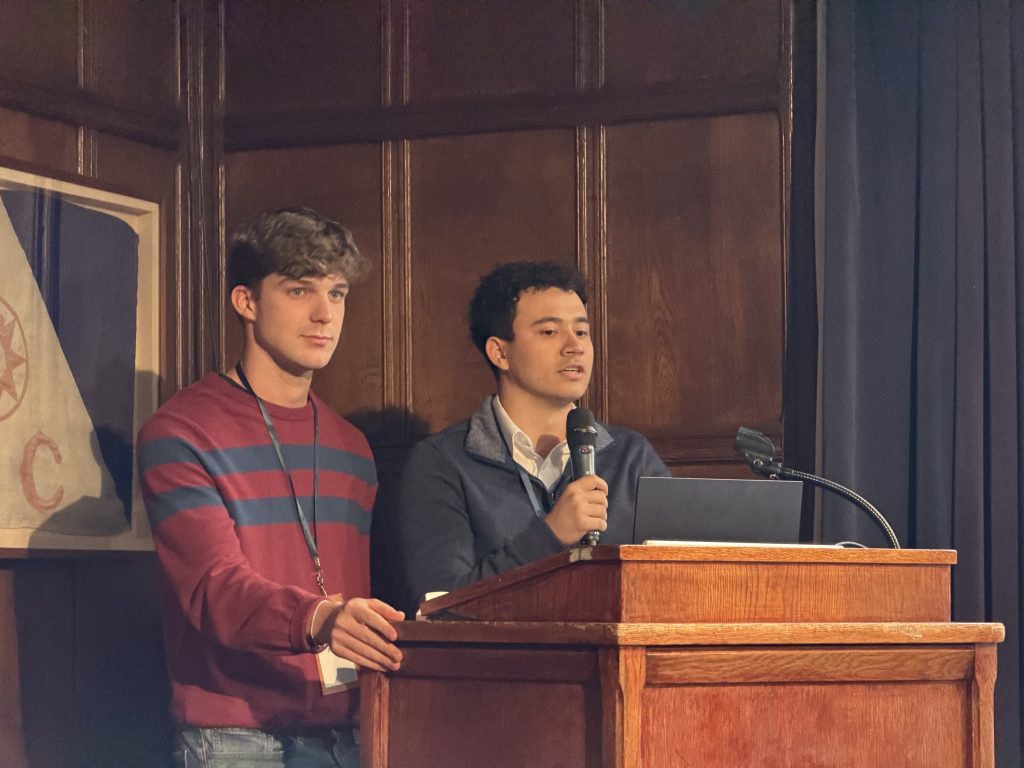
Daniel Wee from Enveda shared that each cell performs 80 million chemical transformations per second. We only understand 0.01% of life’s chemistry. In five years, Enveda has built 16 preclinical drug programs, moved 75% faster than industry standard and reduced costs by 11x.
Magic and Meaning
We closed with Magic Mike Jacobson, who uses AI in his magic act and teaches organizations about AI through “variety shows” for companies like Meta.
His finale: he used ChatGPT to predict what the audience would choose. The prediction, written beforehand: Christopher Columbus, Coney Island and a pineapple.
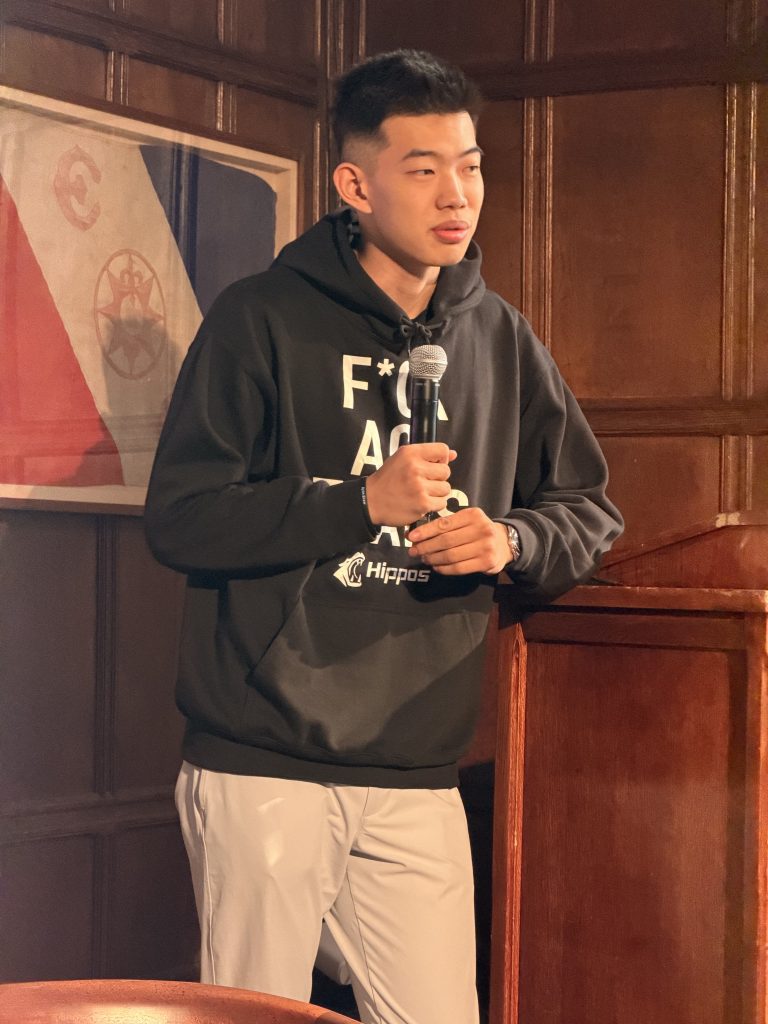
After coin-flip eliminations with an audience member, those were exactly the choices made.
The room erupted in applause.
What Stays With Me
The Drawing Room wasn’t structured like a typical conference. Jazz during lunch. Speakers stuck around. People asked hard questions.
Jennifer and Jeff moderated with the right touch, asking provocative questions and letting conversations breathe. Every speaker delivered substance over hype.
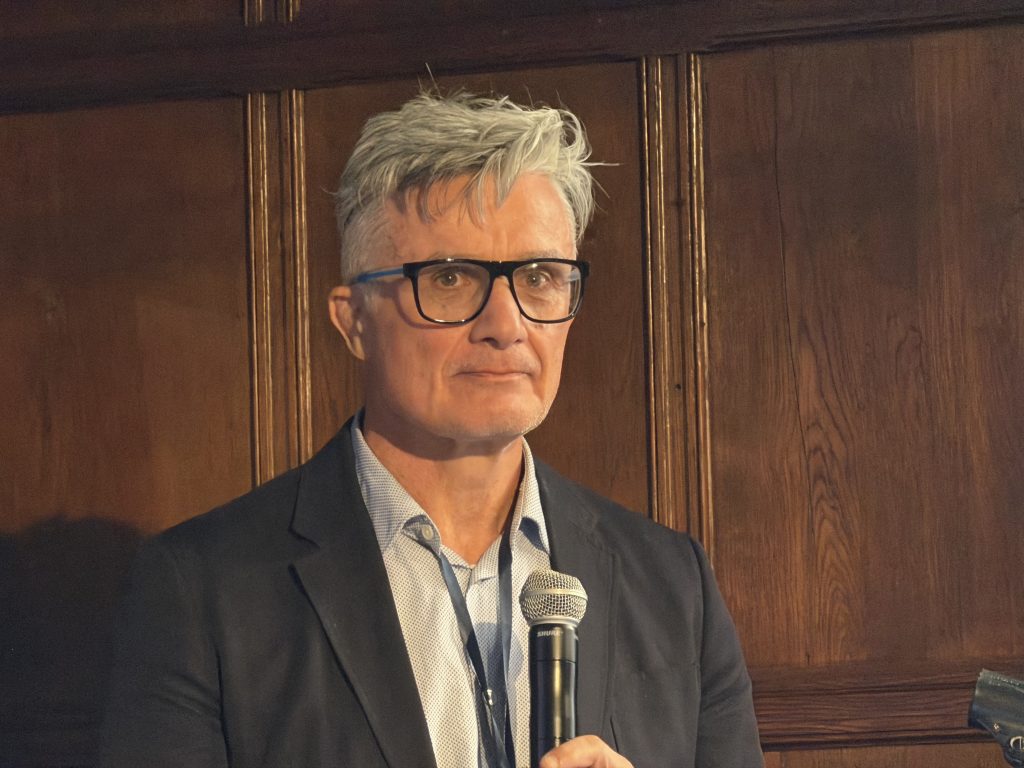
But mostly, I keep thinking about something Murli Buluswar said when I asked what media narrative bothered him the most: “We are supremely empathetic to people relative to our empathy for machines… This is where humans have to collaborate with the machines.”
That collaboration, figuring out what we want machines to do and what we keep for ourselves: that’s the real work ahead.
The salon format made space for that complexity. No easy answers. Just practitioners sharing what’s working, what’s failing and what keeps them up at night.
Turns out you don’t need a powdered wig to have the kind of conversations Voltaire would have recognized. You just need the right people, the right questions, the right setting and the willingness to sit with uncertainty.
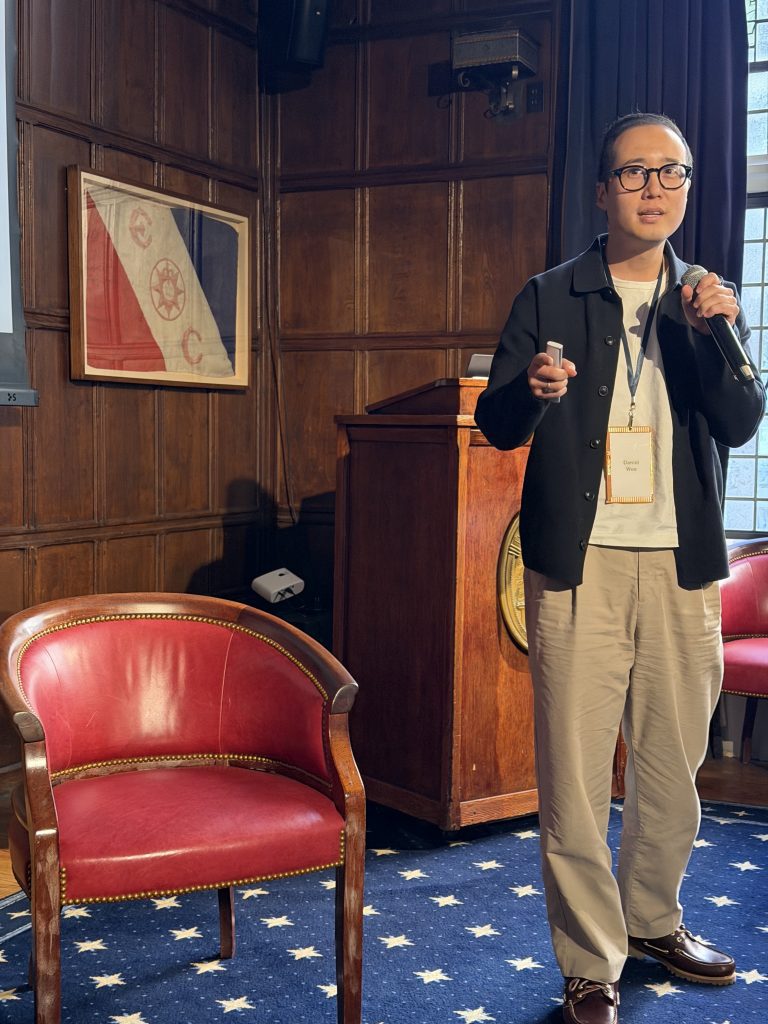
We might need more salons.
